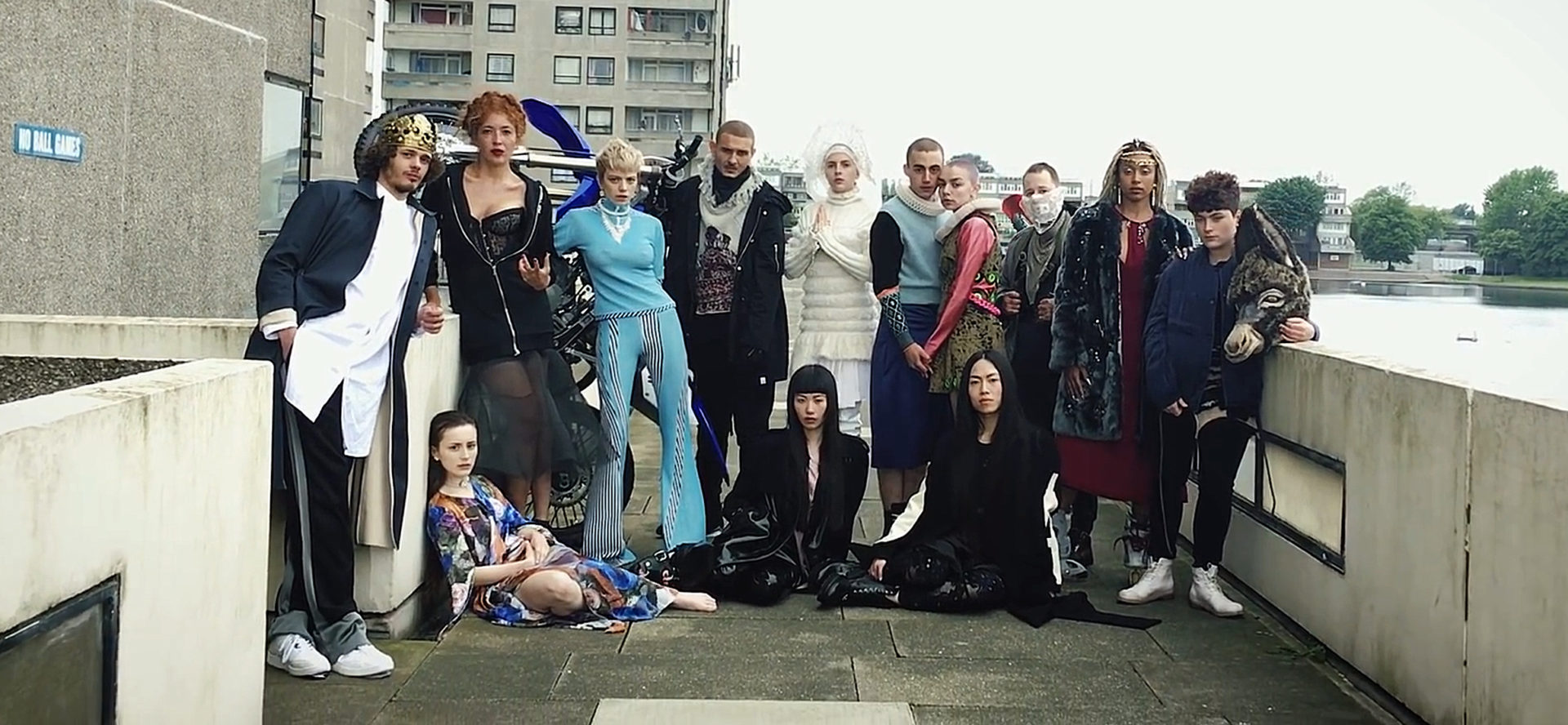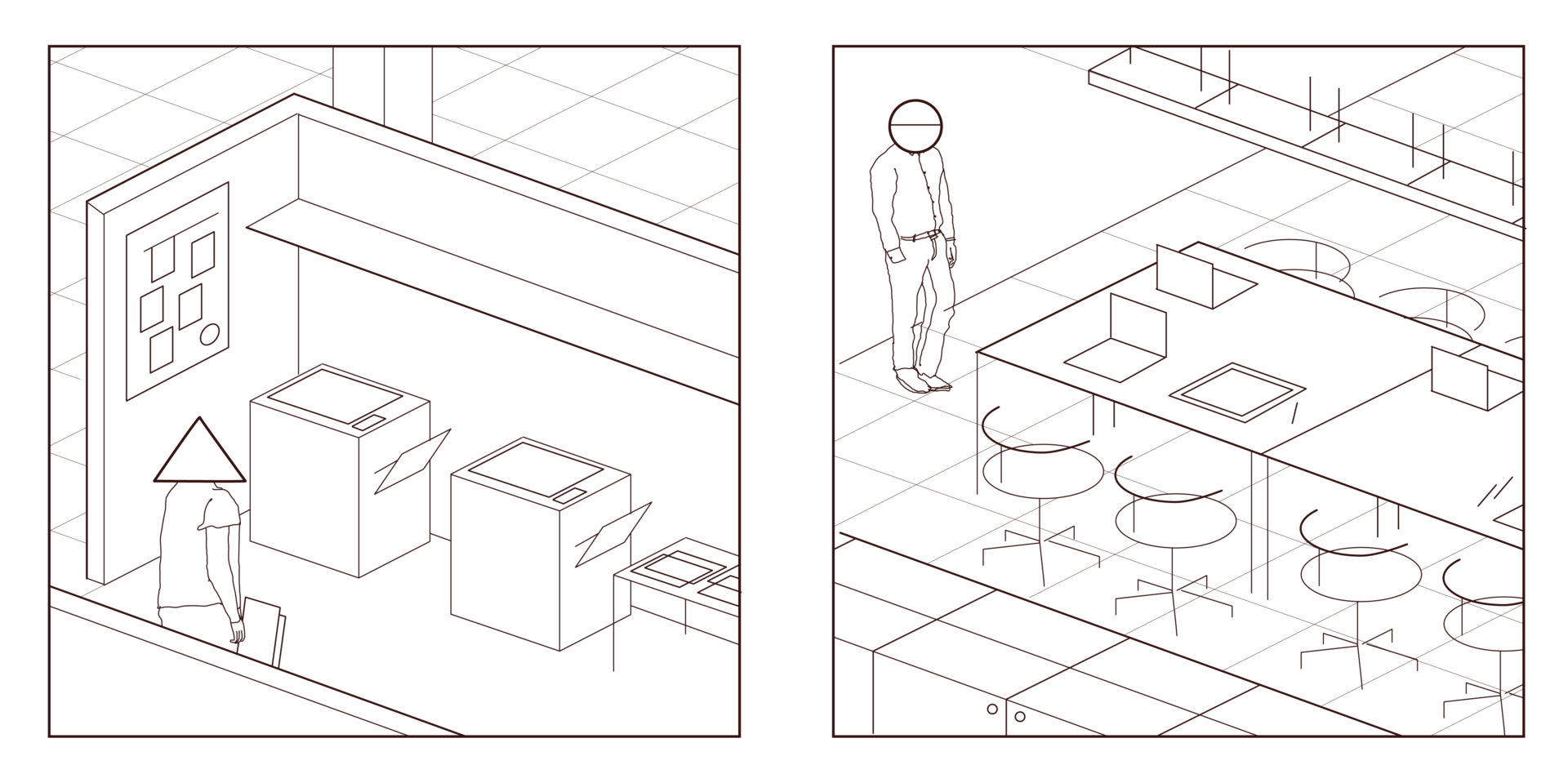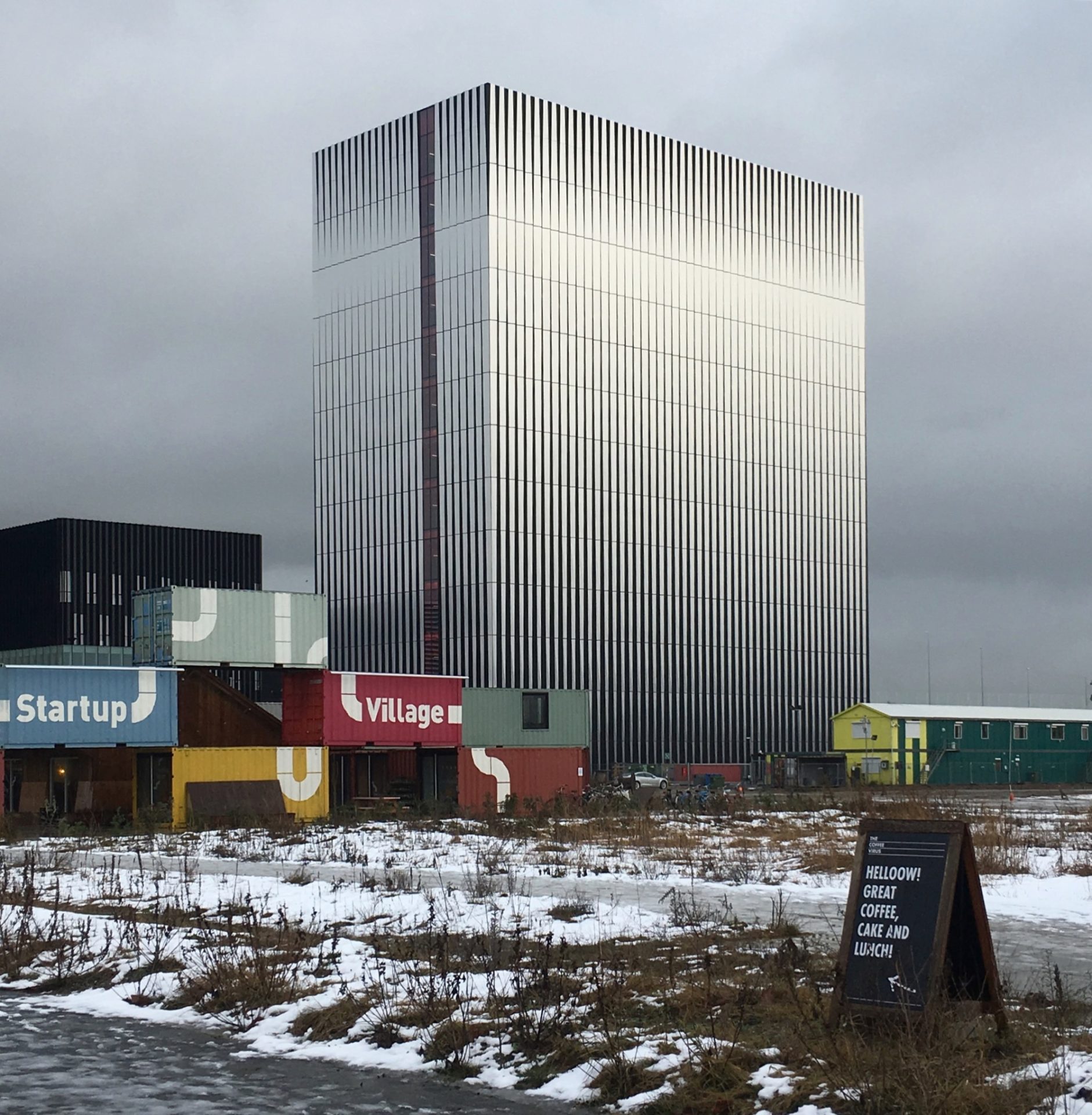Failed Architecture originated in late 2010, which means that looking back at the 2010s is basically the same as looking back at FA’s first decade. Our platform emerged in a time of global economic crisis, when the architectural profession was in an existential mess and modernism was not yet quite back in vogue. As the decade progressed, urbanization, real estate extraction and social division increased exponentially, while the climate crisis deepened. The breadth and focus of our content have developed alongside these monumental changes.
Below are the 10 most widely read articles we published over the decade, but before we get to that, our editors share their personal highlights from a decade of Failed Architecture.
Charlie Clemoes: Over the past few years since we became a bigger team of six editors, it’s been really nice to see an accompanying expansion in the themes we cover: with subjects ranging from representations of dystopia (“Ultraviolence in Representation: The Enduring Myth of the Thamesmead Estate”, “How J.G. Ballard’s Science Fiction Tells the Future of our Privatized Cities”) to global resource extraction (“In Conquering the Sea, Singapore Erases Its History”) and architectural responsibility (“When Architects Work for People not Profit”). More recently, I was especially pleased to put out “Architects Unionise!”, episode 11 of the FA podcast in time to coincide with our guests from Workers Inquiry Architecture announcing the establishment of United Voices of the World – Section Architectural Workers, Britain’s first trade union for architectural workers.
Chiara Dorbolò: I take pride in articles debunking phenomena so engrained in our society that we hardly recognize them as problematic, such as “Death to the Calling: A Job in Architecture is Still a Job”, “Craigslust: ‘We’ll Have Sex and You Don’t Need to Pay Much for the Flat’”, and “‘Degrowth is about redistribution by design, not by collapse’”.
Daphne Bakker: I’m very happy to be part of a platform which gives equal weight to issues which are close to my heart: on how aesthetics is never politically neutral (“The Far Right’s Obsession With Modern Architecture”), and how the legacy of colonialism still reverberates within society and our built environment (“Amsterdam’s Architecture of Colonial Exploitation”). I’m also very excited to see FA venture into new territory, inviting contributors to play with literary techniques. Everyone should read “Work Issues From an Architecture Office” by A Worker.
Joshua McWhirter: I’ve always really appreciated the quality and sheer number of pieces FA has published about architecture’s representation across a wide range of media, from drone footage (“Aerial Imperialism: Syrian Ruinscapes and Vertical Media”) to Streets of Rage (the “City Gameplay” podcast) and Amazon’s over-the-top patent drawings (“Amazon Urbanism”).
Mark Minkjan: When Failed Architecture started as a Tumblr page in late 2010, most of the content consisted of historical case studies. While we still publish historical analyses that are relevant to the present, I’m happy to see that FA is increasingly addressing urgent contemporary issues and critically examining current spatial fashions (such as “The Real Estate Sector is Using Algorithms to Work Out the Best Places to Gentrify” and “Stop Seeing Climate Change as an ‘Opportunity’”). Another general thing I’m pleased about is that for many young thinkers we have been their first platform to publish with. A personal highlight is “Data Space”, the first podcast we aired, in which we quite literally got inside the architecture of data centers.
René Boer: From the many articles that come to mind when thinking of all the great writing we’ve published over the last decade, I would like to pick two slightly older pieces that clearly represent two core missions of Failed Architecture. “Spaces of Otherness: Ruins Through a Feminist Lens” is an interesting example of an article that complicates the easy dismissal of ‘failed’ spaces, while “Capital Cairo: A Regime of Graphics” is a well-written piece that challenges an extreme case of visual render culture’s dominant position in architecture today.
And now…
These are the most-read articles of the 2010s on Failed Architecture:
10. Amazon Urbanism: Patents and the Totalizing World of Big Tech Futures
Matthew Stewart (2018)
Taken as whimsical follies by the design press and broader culture, Amazon’s architectural and logistical patents are altogether more sinister, signalling new, automated urban ambitions.
9. Mortal Cities and Forgotten Monuments
Arna Mackic (2014)
Former Yugoslavia has a history of conflict, in which architecture has played an important role. Simultaneously, however, the area’s otherworldly monuments point at something else.
8. Robert Moses, Pig-Ears and the Camden Bench: How Architectural Hostility Became Transparent
Tom Coggins (2016)
With the growing trend towards hostile architecture now openly admitting its political incentives, are we in an age of transparent hostility?
7. The 5m² Maid’s Room: Lebanon’s Racist, Gendered Architecture
Bassem Saad (2016)
Lebanon’s labour law does not include foreign workers, allowing real estate developers to house them in inhuman conditions.
6. Amsterdam’s Architecture of Colonial Exploitation
Alex Raúl and Sonia Mangiapane (2018)
The inner city of Amsterdam is riddled with references to the Dutch history of slavery and colonial profiteering.
5. The Poetry of Decay
Mark Minkjan (2013)
From ruin porn and transient art to philosophical reflection: urban and architectural decay provides stimuli for the mind and has been the creative inspiration for many artists and writers.
4. A Year in the Metabolist Future of 1972
Ana Luisa Soares and Filipe Magalhães (2014)
After living in Tokyo’s iconic Nakagin Capsule Tower for almost a year, two architects reflect on the anachronistic remnant of a past future.
3. Behind Four Walls: Barcelona’s Lost Utopia
Alexander Doerr (2014)
The plan for Barcelona’s Eixample neighborhood consisted of low-rise urban blocks with ample public space, but was drastically changed during its actual realisation.
2. What this MVRDV Rendering Says About Architecture and the Media
Mark Minkjan (2016)
Digital visualisations and hollow sales pitches hide the ugly sides of architecture and urban development. And the media buy it. MVRDV’s recently proposed Valley in Amsterdam is a good example.
1. The Ironic Loss of the Postmodern BEST Store Facades
Margaret McCormick (2014)
Did the series of architectural statements that shocked postmodern thought in the late 70s survive the decades or was it consumed by the very typology it sought to parody?







